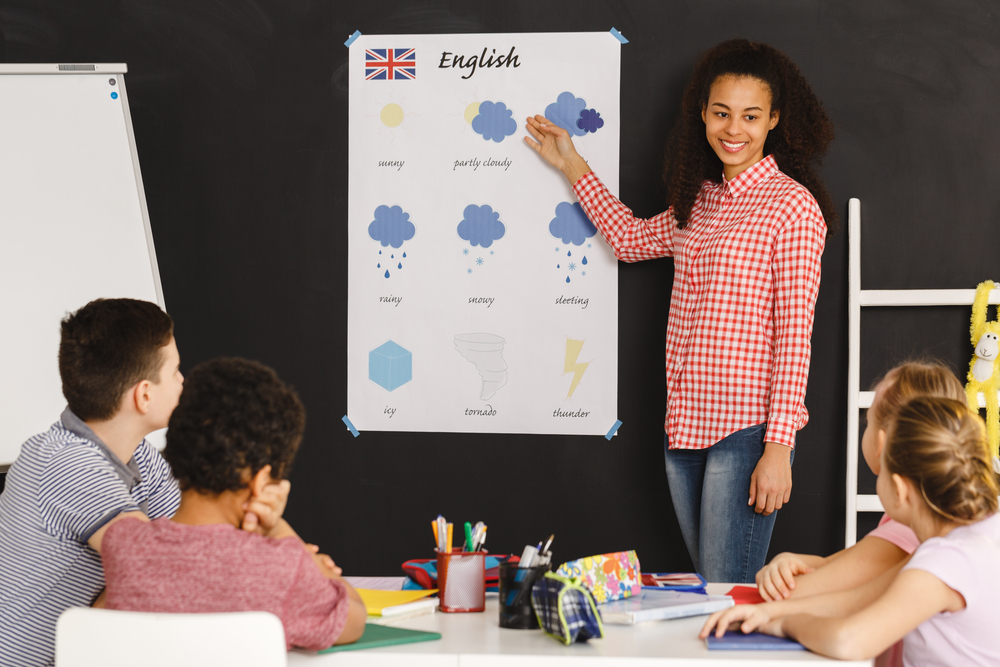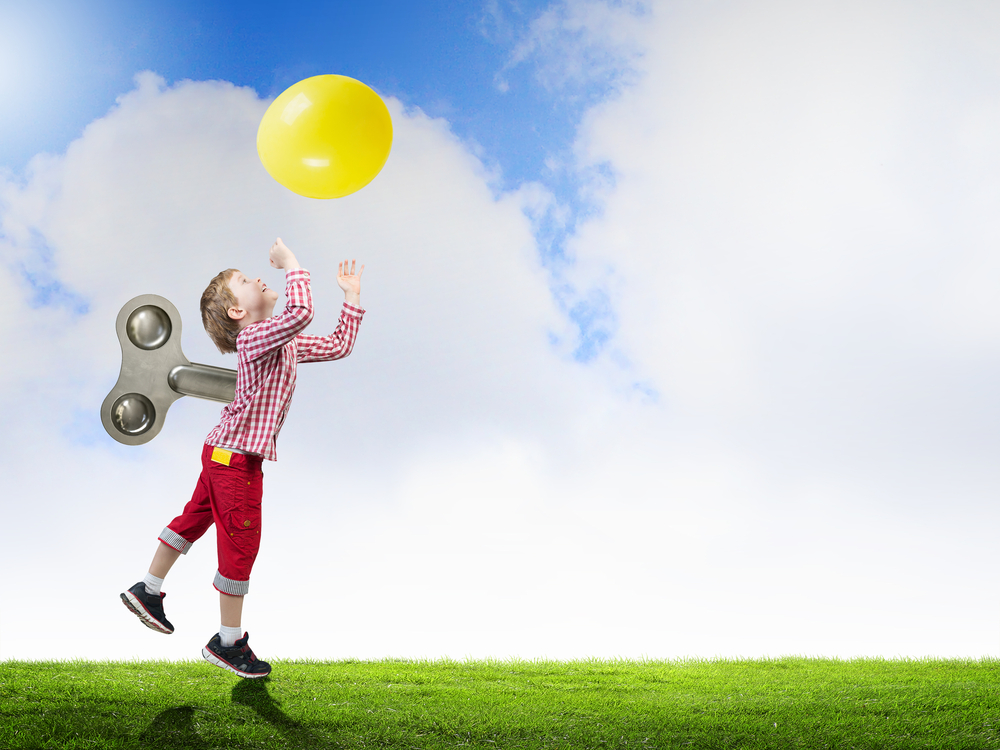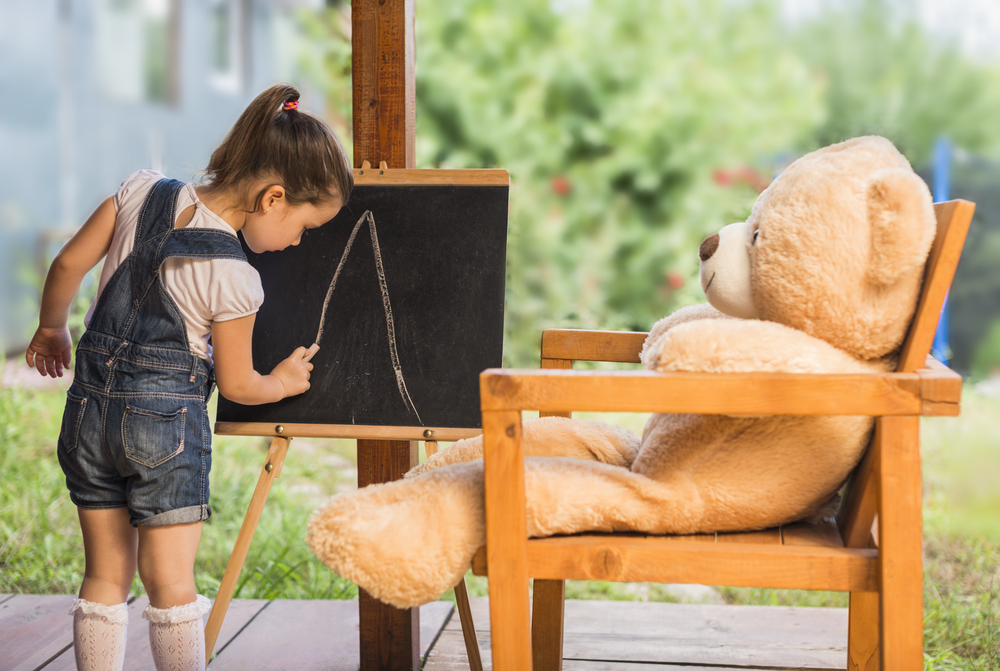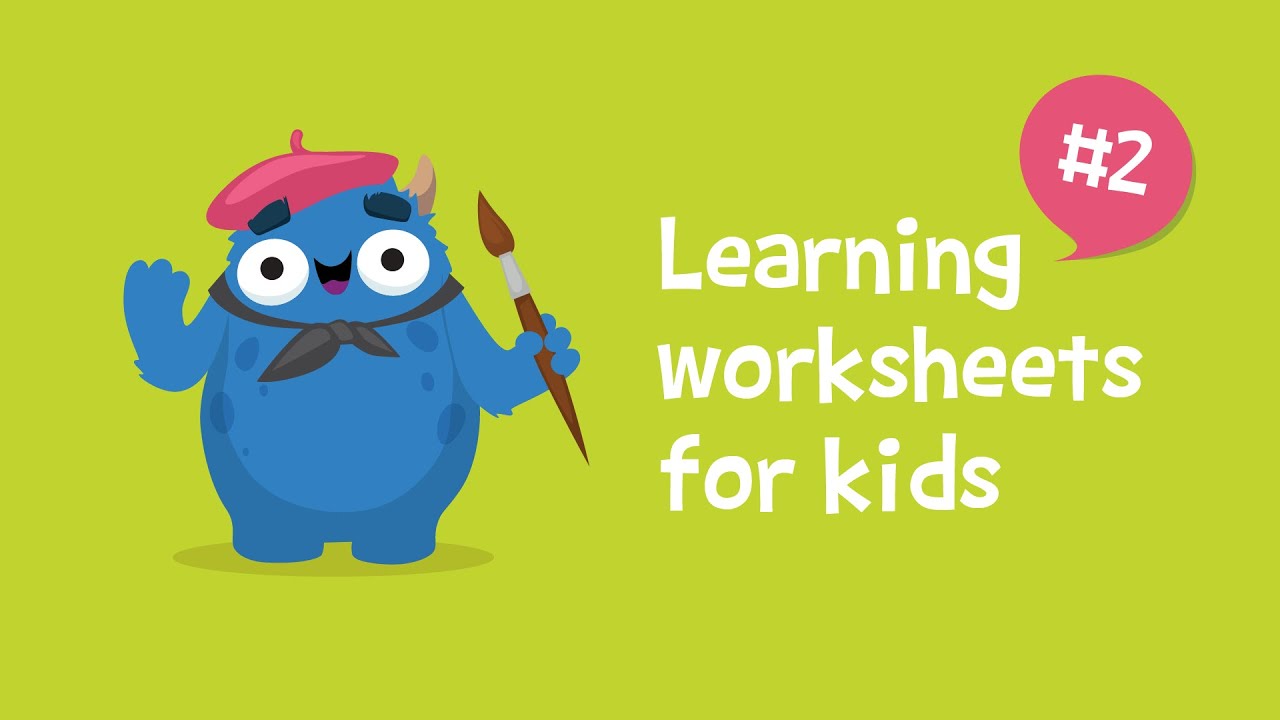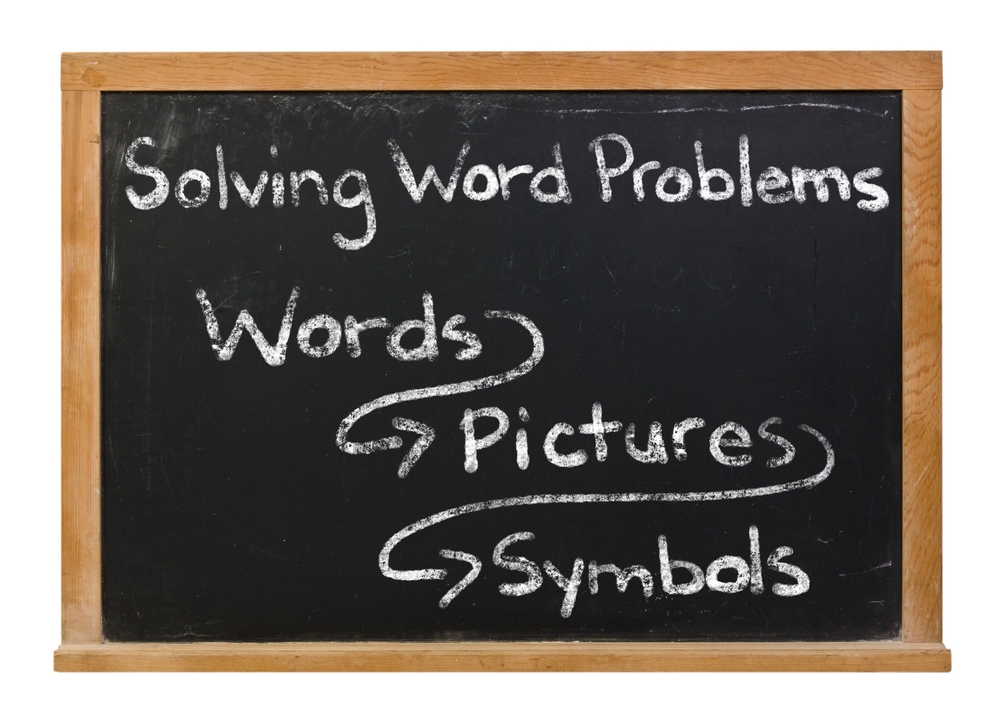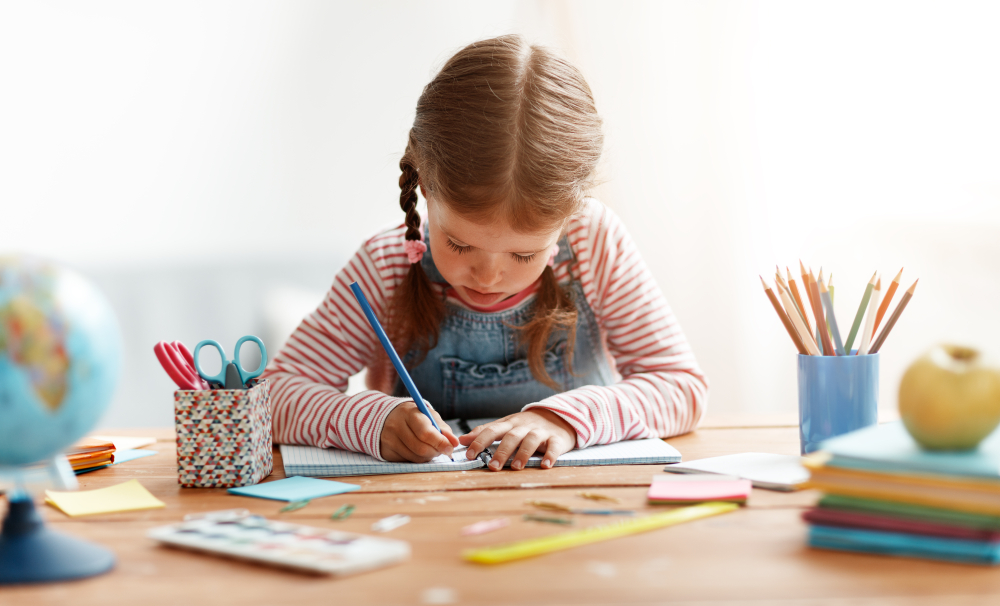Comparing different volumes Worksheets for Kids
1 filtered results
-
From - To
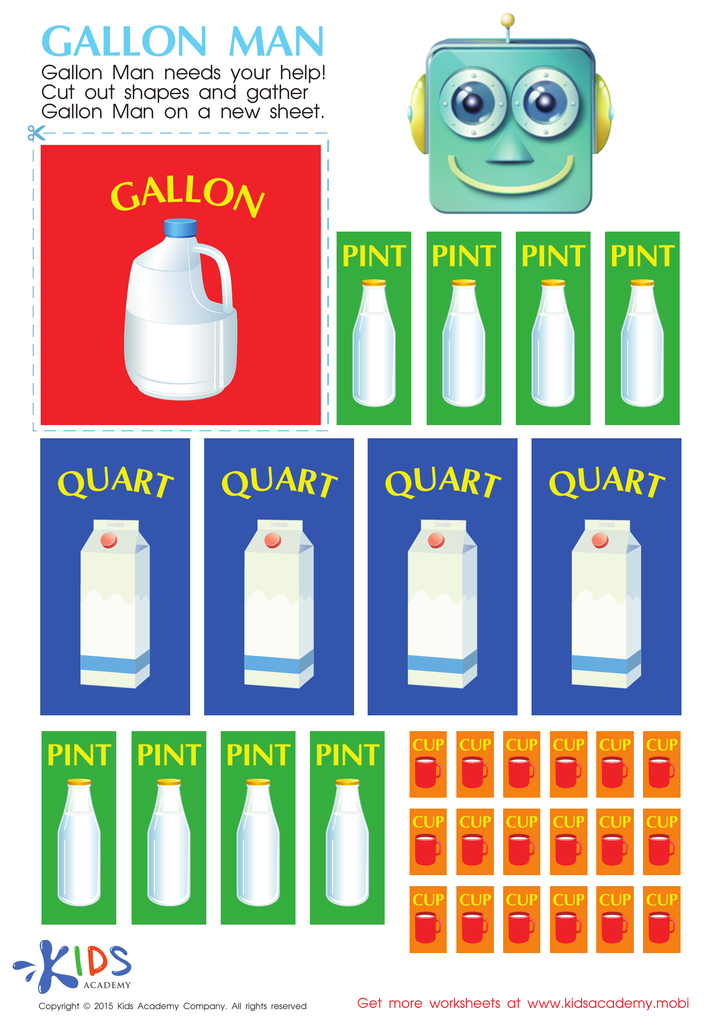

Cups, Pints and Quarts With Gallon Man Worksheet
Question/Answer
How to train the Comparing different volumes skill in Kindergarten students learning about Measurement?
To train the "Comparing different volumes" skill in Kindergarten students, use hands-on activities with various containers and water or sand. Encourage them to fill, pour, and compare the volumes visually and by using measurement tools. Introduce simple terms like "more," "less," and "equal" to help them describe their observations and conclusions during these interactive and engaging learning experiences.
What are some effective activities to train students’ Comparing different volumes skill when teaching them about Measurement?
Effective activities for training students in comparing different volumes include using graduated cylinders or measuring cups to directly compare volumes of liquids, filling different sized containers with rice or water to explore volume differences, and using water displacement in a clear container to measure and compare the volume of irregular objects.
Why is the Comparing different volumes skill important for Kindergarten students?
The Comparing different volumes skill is important for Kindergarten students because it lays the foundation for understanding measurement and mathematical reasoning. It helps develop their ability to observe, compare, and contrast objects, fostering critical thinking and problem-solving skills. It also introduces basic scientific concepts and prepares them for more advanced mathematical and science studies.
